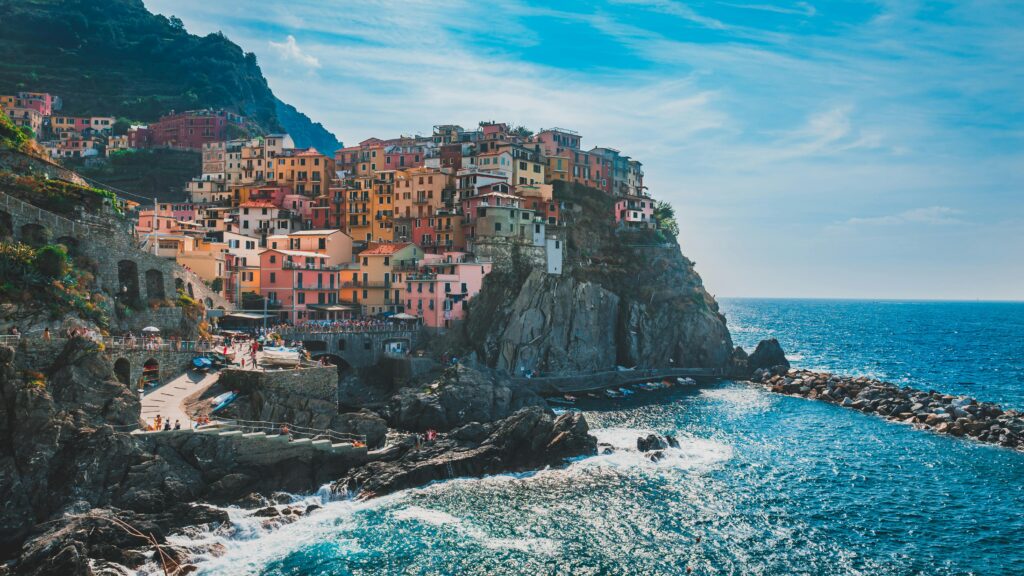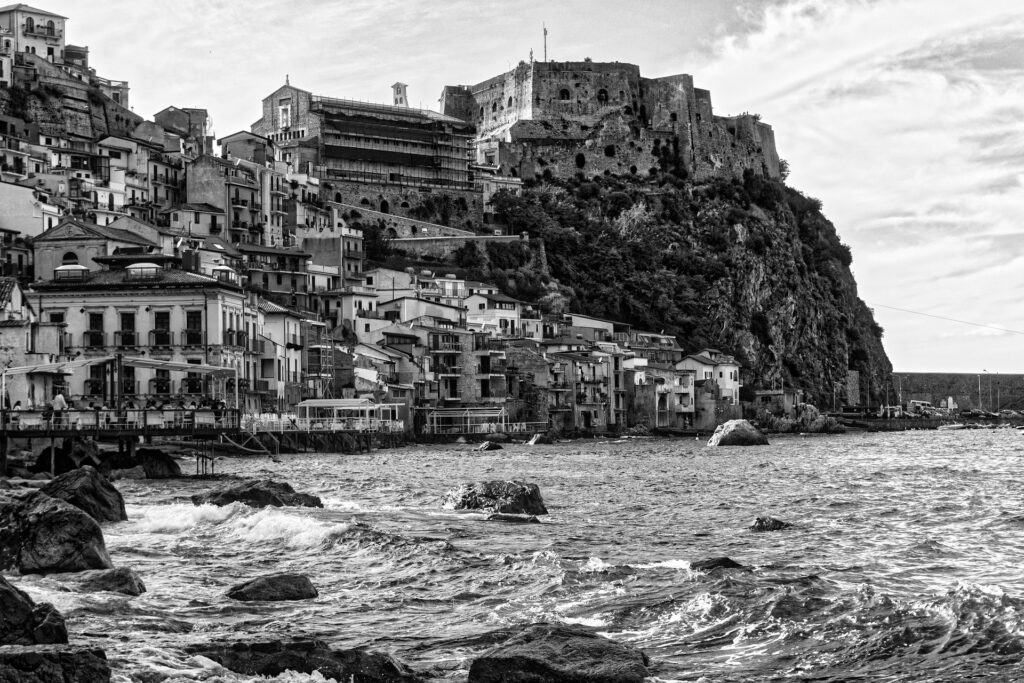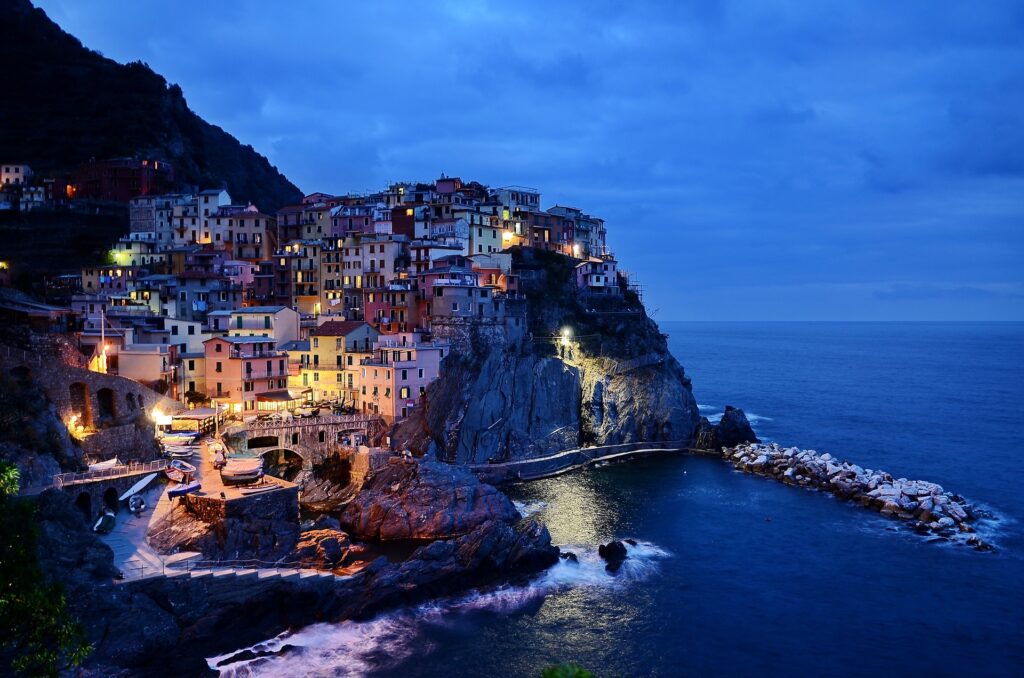Table of Contents
Section 1: Introduction
Scilla Italy, is a picturesque coastal town nestled on the toe of Italy’s boot, luring travelers with its rich blend of myth, history, and breathtaking scenery. Known for its dramatic landscapes where the Tyrrhenian Sea meets rugged cliffs, Scilla embodies the quintessence of southern Italian charm and laid-back lifestyle. This introduction sets the stage for a deep dive into Scilla, highlighting its significance in Italian culture and as a beacon for tourists seeking an authentic Italian experience away from the hustle and bustle of mainstream destinations.

Section 2: The Myth and History of Scilla Italy
Scilla’s allure is deeply intertwined with ancient mythology, most notably its mention in Homer’s Odyssey as the dwelling of the fearsome sea monster, Scylla. This mythical heritage, combined with a rich tapestry of historical evolution from ancient Greek settlement to its current status as a beloved Italian gem, offers a fascinating narrative. The town’s storied past, from being a strategic maritime stronghold to a cherished fishing village, lays the foundation for its cultural and historical significance.
Section 3: Exploring Scilla: A Traveler’s Guide
The Enchanting Beaches of Scilla
Scilla’s beaches are a slice of paradise, offering pristine sands, crystal-clear waters, and stunning views of the surrounding cliffs and the Aeolian Islands in the distance. The most famous beach, Marina Grande, is known for its vibrant seaside promenade and is a perfect spot for sunbathing, swimming, and enjoying the quintessential Italian beach experience. Smaller coves and beaches, accessible only by foot or boat, offer more secluded spots for those seeking tranquility away from the crowds.
The Historic Charm of Chianalea
Chianalea, Scilla’s ancient fisherman’s district, is a captivating maze of narrow alleys and historic buildings that seem to emerge directly from the sea. This area, often referred to as “Little Venice,” is characterized by its picturesque houses perched on rocks, with waves crashing right at their doorsteps. Walking through Chianalea, visitors can feel the timeless charm of this place, discovering hidden piazzas, quaint cafes, and breathtaking viewpoints over the Tyrrhenian Sea.
Scilla’s Culinary Delights
No visit to Scilla is complete without indulging in its culinary offerings, with seafood taking center stage. The town’s restaurants and trattorias serve a variety of fresh, locally caught fish and shellfish, prepared in traditional Calabrian styles. Swordfish, particularly, is a local specialty and can be found in many dishes, from simple grilled fillets to elaborate stews and pastas. Alongside the seafood, visitors should also try other regional delicacies such as ‘nduja (a spicy spreadable sausage) and Pecorino Calabrese cheese, accompanied by local wines.

Section 4: Why Scilla Should Be Your Next Vacation Destination
Beyond its scenic beauty and historical allure, Scilla offers a unique blend of reasons to make it your next vacation spot. Its natural surroundings, characterized by rugged cliffs, turquoise waters, and lush vegetation, provide a serene and invigorating environment perfect for relaxation and adventure alike. Moreover, Scilla’s rich cultural tapestry, reflected in its traditions, festivals, and hospitable community, offers visitors an authentic Italian experience, connecting them to the heart and soul of southern Italy.
Section 5: The Best Time to Visit Scilla Italy
Scilla is enchanting year-round, but the best time to visit is between late spring and early autumn, from May to September, when the weather is warm and sunny, perfect for beach activities and outdoor dining. Summer months are lively, with local festivals and events adding to the town’s charm. However, those seeking a more tranquil experience might prefer the shoulder seasons (May-June or September), when the town is less crowded, and the natural beauty of Scilla can be enjoyed in peace.
Section 6: Tips for Travelers Visiting Scilla
For those planning a visit, Scilla is welcoming and relatively easy to navigate. Accommodation options range from charming B&Bs in the historic center to seaside hotels offering stunning views. While the town is walkable, renting a scooter can be a fun way to explore the surrounding areas. Don’t miss trying the local swordfish dishes, and for an unforgettable experience, consider a boat tour to explore the nearby hidden coves and the mesmerizing waters of the Tyrrhenian Sea.
Section 7: Conclusion
Scilla Italy, with its mythical legacy, historic charm, and breathtaking natural landscapes, is a jewel in Italy’s southern coast. Whether you’re drawn to its sandy beaches, the allure of its ancient streets, or the flavors of its rich culinary tradition, Scilla promises an unforgettable escape into the heart of Italian culture and beauty. It beckons as a destination that should not be overlooked by those seeking to immerse themselves in the authentic allure of Italy.
Next, I will provide the FAQ section to address common questions about visiting Scilla, Italy. Following that, we’ll move on to the SEO-friendly title suggestions and the meta description.

8 Albania Tourist Attractions: A Guide to Unforgettable Sights
FAQ Section
What is Scilla Italy famous for?
Scilla is renowned for its picturesque landscape, rich mythology, and historical significance. Its stunning beaches, the charming fisherman’s district of Chianalea, and the local legend of the sea monster Scylla add to its allure. It’s also famous for its delicious seafood, particularly swordfish, which is a staple in local cuisine.
Can I visit Scilla all year round?
Yes, Scilla can be visited throughout the year thanks to its mild Mediterranean climate. However, the best time to experience Scilla is from late spring to early autumn (May to September) when the weather is most conducive to enjoying its beaches and outdoor attractions.
How do I get to Scilla Italy?
Scilla is easily accessible by train, with its station conveniently located near the beach and the main attractions. It’s also reachable by car, situated on the Tyrrhenian coast, close to the city of Reggio Calabria. The nearest airport is in Reggio Calabria, offering domestic flights and connections to major Italian cities.
What are the must-try foods in Scilla?
Scilla’s culinary scene is dominated by seafood, with swordfish being the highlight. Visitors should also try dishes featuring ‘nduja, a local spicy sausage, and enjoy the regional cheeses and wines. Don’t miss sampling gelato or pastries at a local café for a taste of Italian sweet treats.
Are there any cultural or historical sites in Scilla?
Yes, Scilla is home to several cultural and historical sites, including the Ruffo Castle, perched atop a cliff overlooking the sea, and the Church of San Rocco. The historic district of Chianalea, with its narrow alleys and ancient buildings, offers a glimpse into the town’s past. Additionally, various lookout points around Scilla provide stunning views and photo opportunities of the surrounding landscapes and the Tyrrhenian Sea.
